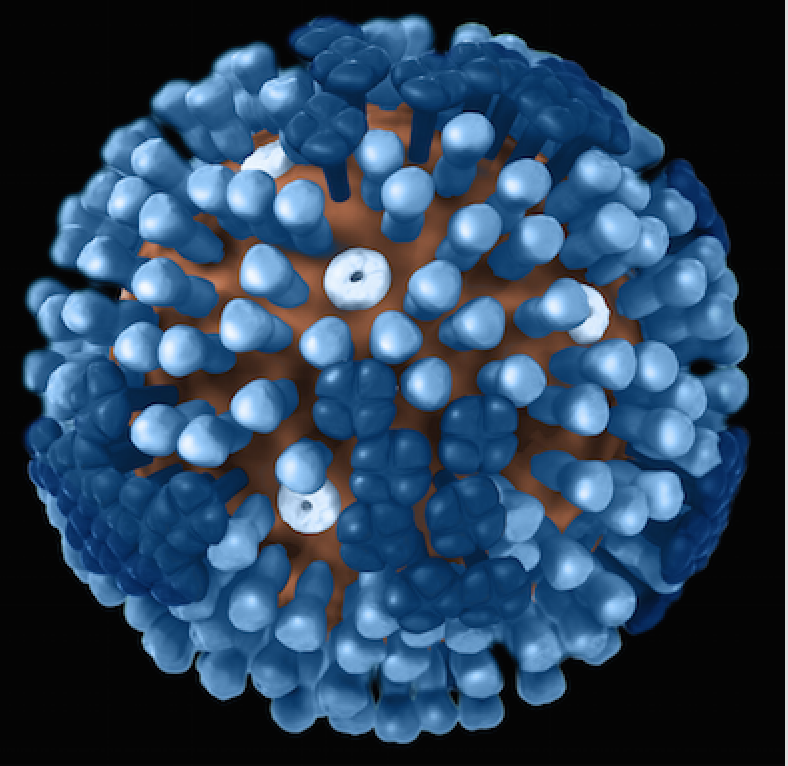
Flu vaccination among adults aged 65 or more years has remained fairly steady since 1997, according to data newly released by the Centers for Disease Control and Prevention’s National Center for Health Statistics. Pneumococcal vaccination among people in this age group, however, is increasing.
In the third quarter of last year, 69% of adults 65 or older had received an influenza vaccination during the past 12 months. That percentage was higher than, but not significantly different from, the third-quarter 2016 estimate of 68%, the NCHS said in “Early Release of Selected Estimates Based on Data From the National Health Interview Survey, January–September 2017.”
For the period of January to September 2017, 69.8% of adults aged 65 or more had been vaccinated against the flu during the past 12 months, a percentage that was higher than, but not significantly different from, the 2016 estimate of 67.2%.
Those aged 65 or more years, however, still had the highest vaccination rate of all age groups over the past 12 months, with those aged 18 to 49 having the lowest rate (34.2%).
Since 1997, the first year of data shared in the new report, flu vaccination saw a low of 59.7% in 2005 and a high of 70% in 2014. Most years during that time, however, have seen flu vaccination percentage rates in the mid to upper 60s.
Pneumococcal vaccination increasing
The percentage of adults older than 65 who are being vaccinated against pneumonia is trending upward, according to NCHS data issued in the same report.
For January to September 2017, the percentage of adults aged 65 and over who had ever received a pneumococcal vaccination was 69.1%, which was higher than the 2016 estimate of 66.9%. Pneumococcal vaccination has been increasing every year since 2013, and the general trend has been upward since 1997, the first year depicted in the newly released data.
Specifically, the percentage of adults aged 65 or more years who had ever received a pneumococcal vaccination increased from 42.4% in 1997 to 53.1% in 2000, and then increased more slowly to 59.7% in 2013. The percentage of adults aged 65 or more years who had ever received a pneumococcal vaccination again increased more rapidly, from 59.7% in 2013 to 69.1% in January to September 2017.
No significant difference in the prevalence of ever having received a pneumococcal vaccination existed between men and women in any age group, but non-Hispanic white adults were more likely to have ever received a pneumococcal vaccination than were non-Hispanic black and Hispanic adults, according to the report.



